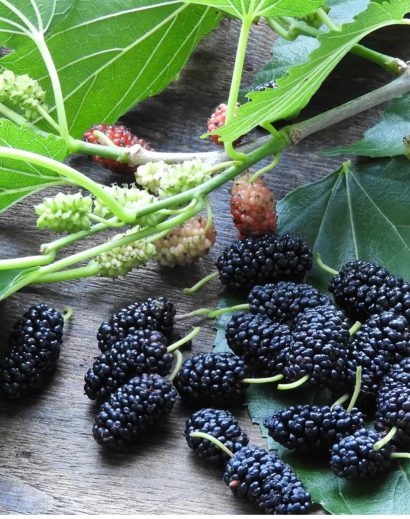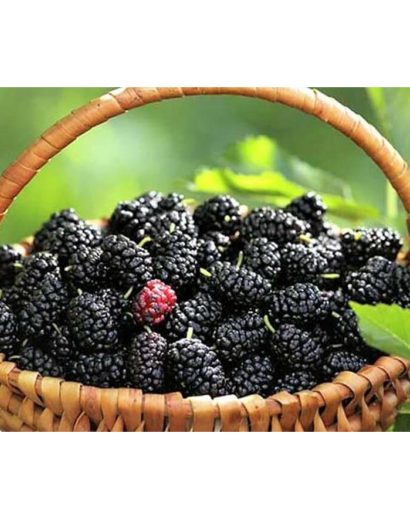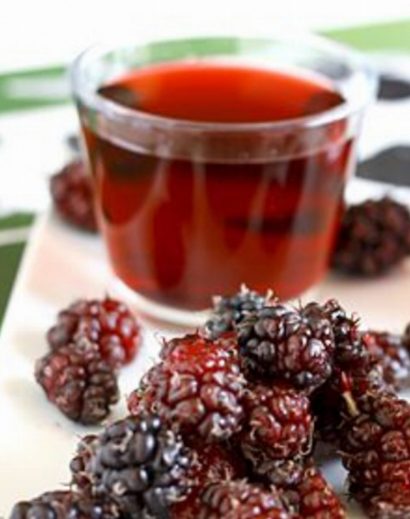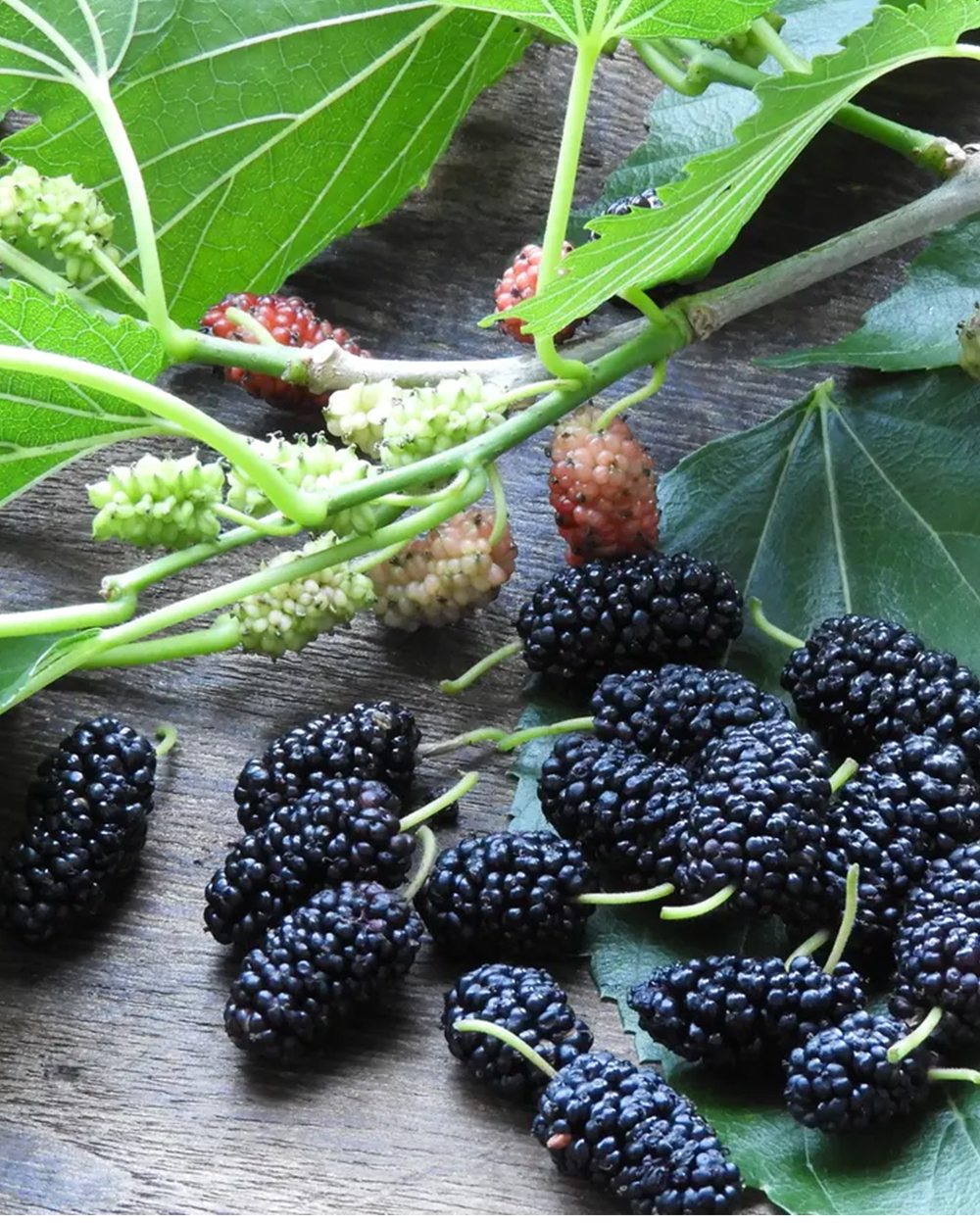Mulberries are small to medium-sized deciduous trees belonging to the Morus genus in the Moraceae family. These trees are known for their sweet and juicy berries, which come in various colors, including red, white, and black. The most common species cultivated for their fruits are Morus alba (white mulberry), Morus rubra (red mulberry), and Morus nigra (black mulberry).
Here’s a more detailed description of mulberries:
- Appearance:
- Leaves: Mulberry trees typically have simple, lobed leaves with serrated edges. The leaves vary in shape and size depending on the species but are often heart-shaped or oval.
- Fruits: The mulberry fruits are small, typically ranging from 1/2 to 1 inch in length. They can be red, white, or black when ripe, and their appearance varies based on the species.
- Flavor and Taste:
- Red mulberries usually have a sweet and tart flavor, similar to blackberries.
- White mulberries tend to be sweeter and less tart, often likened to a combination of figs and raisins.
- Black mulberries have a rich and intense flavor, sometimes described as a mix of blackberry and raspberry.
- Cultivation:
- Mulberry trees are hardy and adaptable, thriving in a range of climates.
- They are often grown for their delicious fruits but are also cultivated for their leaves, which serve as food for silkworms in the sericulture industry.
- These trees can grow up to 30-50 feet in height, depending on the species.
- Uses:
- Culinary: Mulberries are enjoyed fresh, dried (similar to raisins), or used in various culinary applications, such as jams, pies, and desserts.
- Medicinal: In traditional medicine, various parts of the mulberry tree, including the leaves and fruits, have been used for their potential health benefits.
- Sericulture: Mulberry leaves are the primary food source for silkworms, which produce silk fibers.
Overall, mulberries are prized for their sweet and nutritious fruits, plus they may be used as wind breakers.






Reviews
There are no reviews yet.